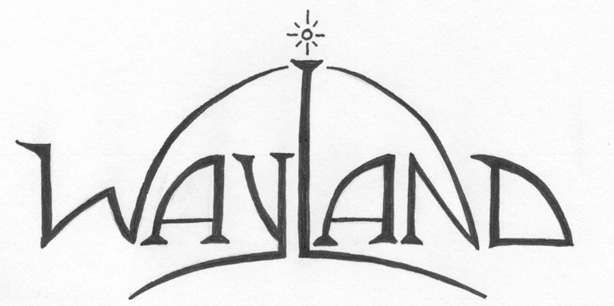

Feedback and updates on the Mk I design presented in the Wayland Report
All notes by Stephen Ashworth unless otherwise indicated
Efficiency of larger design
One important design factor not brought out in the original study is that radiation shielding by a passive mass of radiation-absorbent material is more mass-efficient the larger the habitable volume enclosed.
The Mk I design has two fully shielded spherical habitable modules, giving an interior volume of 2 × 3050 = 6100 m3. The structural mass for the two modules is about 800 tonnes and the shielding mass about 14,000 tonnes, giving a total of 14,800 tonnes. The space allowance per person is 61 m3 with 100 passengers on board.
Suppose the spherical modules were to be stretched into a continuous torus shape, internal radius 9 metres as before, radius of the centreline of the torus 76 metres giving very similar rotation characteristics to those before. The internal volume then becomes 122,000 m3, which at the same habitation density as before would now accommodate 2000 passengers. A surrounding 4-metre thick (as before) radiation shielding jacket has a volume of 132,000 m3 and thus a mass of about 132,000 tonnes for a material whose density is similar to that of water.
Allowing, as before, a structural efficiency of about 7.5 m3 per tonne for the basic mass of habitable volume plus fixtures and fittings, the structural mass of the torus is then 16,000 tonnes, and the total mass with shielding added is 148,000 tonnes.
Compared with the Mk I design, we have multiplied the total mass for shielded accommodation by a factor of 10, and multiplied its passenger capacity by a factor of 20. Thus in terms of mass of accommodation required per passenger, the tenfold increase in size results in a doubling of mass-efficiency, and therefore a halving of cost per passenger (if the rest of the vehicle is in proportion).
Using this form of radiation shielding, the conclusion is therefore: the larger the vehicle, the better.
22 May 2010
Correction: “Kuiper” should be pronounced to rhyme with e.g. “Wiper” (“Koyper” is incorrect). See David Jewitt‘s Kuiper Belt web pages (click on “Introduction”, click on “Why is it called that?”).
6 June 2010
Last revised 6 June 2010 / 41st Apollo Anniversary Year